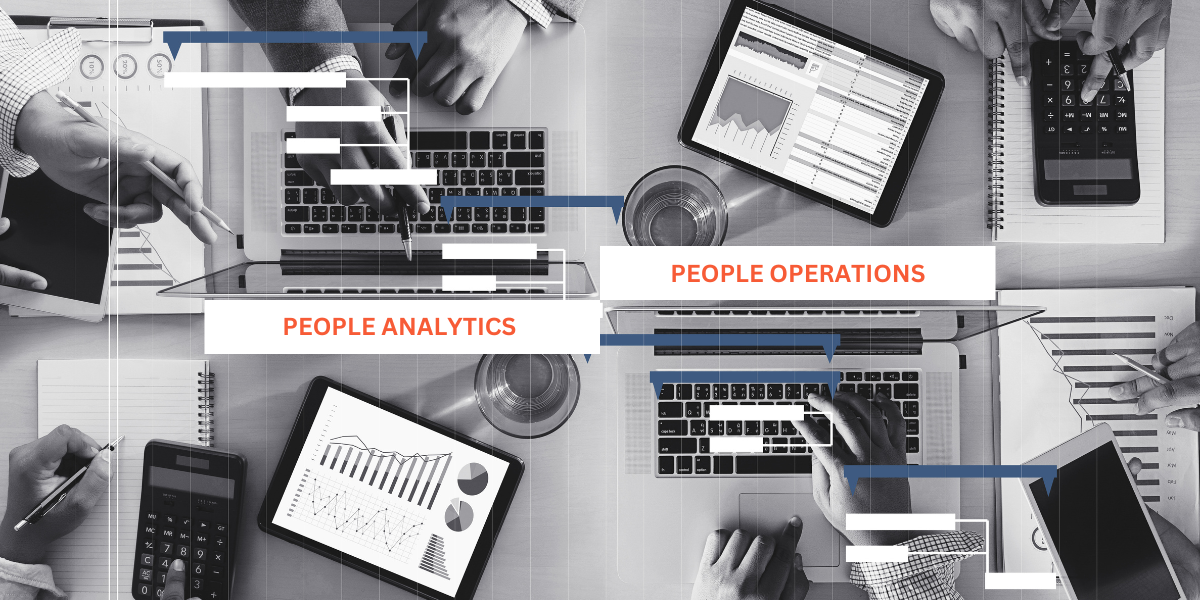In the dynamic landscape of today’s business world, the importance of Strategic Human Resources (HR) planning cannot be overstated. It goes beyond just hiring and managing personnel; it involves aligning people with organizational goals to drive success. This comprehensive guide will delve into the intricacies of Strategic HR Planning, exploring its significance, key components, and how it contributes to the overall success of a company.
Understanding the Essence of Strategic HR Planning
Strategic HR Planning is not merely a routine task for the HR department; it’s a pivotal process that involves forecasting the future needs of the organization in terms of human capital. By anticipating the skills and competencies required, HR professionals can proactively align the workforce with the company’s strategic objectives.
The Role of Leadership in HR Strategy
Leadership plays a crucial role in Strategic HR Planning. Effective leaders understand that the success of any organization is deeply intertwined with the capabilities of its workforce. They actively engage in aligning the company’s vision with HR strategies, ensuring a harmonious blend that fosters growth.
Identifying Key Skills and Competencies
One of the fundamental aspects of Strategic HR Planning is the identification of key skills and competencies required for achieving organizational goals. This involves a meticulous analysis of current and future job roles, ensuring that the workforce possesses the skills needed to propel the company forward.
Recruitment Strategies for Long-Term Success
A successful Strategic HR Plan involves implementing robust recruitment strategies. It’s not just about filling vacant positions; it’s about selecting individuals whose skills align with the company’s long-term goals. This strategic approach to recruitment ensures a sustainable and high-performing workforce.
Employee Development: Nurturing Growth
Investing in employee development is a cornerstone of Strategic HR Planning. By providing ongoing training and professional development opportunities, organizations empower their workforce to continually evolve, ensuring that they remain aligned with the ever-changing landscape of the industry.
Embracing Diversity and Inclusion
Strategic HR Planning extends beyond the conventional aspects of talent management. Embracing diversity and inclusion is vital for fostering innovation and creativity within an organization. A diverse workforce brings varied perspectives, contributing to a more adaptable and resilient company culture.
Technology as a Strategic Enabler

In the digital age, leveraging technology is imperative for successful HR planning. From data analytics for workforce planning to implementing efficient HRIS (Human Resources Information System), technology serves as a strategic enabler, streamlining processes and enhancing decision-making.
Measuring Success: Key Performance Indicators (KPIs)
To ensure the effectiveness of Strategic HR Planning, organizations must establish Key Performance Indicators (KPIs). These metrics provide a quantitative assessment of HR initiatives, helping the company gauge the impact of its strategies on overall performance.
Overcoming Challenges in HR Planning
No strategic initiative is without its challenges. Strategic HR Planning may face obstacles such as resistance to change or unforeseen market shifts. Addressing these challenges head-on, and adapting the plan accordingly, is crucial for long-term success.
Future Trends in HR Planning
As we look towards the future, several trends are shaping the landscape of HR Planning. These include the increasing reliance on artificial intelligence in recruitment processes, the rise of remote work, and a growing emphasis on employee well-being. Staying abreast of these trends is essential for organizations to maintain a competitive edge.
The Road Ahead: Implementing Strategic HR Planning
Implementing Strategic HR Planning is not a one-size-fits-all approach. Each organization is unique, and its plan must be tailored to its specific needs and goals. Here are some actionable steps to guide you on the road ahead:
Conduct a Comprehensive Workforce Analysis
Start by conducting a thorough analysis of your current workforce. Identify the skills, strengths, and areas for improvement within your team. This analysis serves as the foundation for developing targeted strategies.
Engage Leadership in the Planning Process
Leadership buy-in is crucial for the success of any strategic initiative. Ensure that your leadership team is actively involved in the HR Planning process. Their insights and commitment will set the tone for the entire organization.
Align HR Strategies with Organizational Objectives

Ensure that your HR strategies are closely aligned with the overall objectives of the organization. This alignment guarantees that every HR initiative contributes directly to the success of the company.
Foster a Culture of Continuous Learning
Encourage a culture of continuous learning within your organization. Provide opportunities for employees to acquire new skills and stay abreast of industry trends. This not only benefits individuals but also enhances the overall capability of the workforce.
Leverage Technology for Efficiency
Invest in advanced HR technology to streamline processes and enhance efficiency. This includes implementing robust HRIS systems, utilizing data analytics for informed decision-making, and exploring innovative solutions for recruitment and talent management.
Regularly Review and Adapt the Plan
Strategic HR Planning is not static; it’s a dynamic process that requires regular review and adaptation. Stay vigilant to changes in the internal and external environment, and adjust your plan accordingly to ensure its continued relevance and effectiveness.
Measure and Celebrate Success
Establish clear metrics to measure the success of your HR initiatives. Celebrate milestones and achievements, reinforcing the positive impact of your strategic HR planning on the organization’s overall performance.
By following these steps, organizations can navigate the road ahead with confidence, implementing Strategic HR Planning that not only meets the current needs but also prepares for the challenges and opportunities of tomorrow. As the business landscape continues to evolve, a strategic approach to HR planning will remain a cornerstone for sustained success.
Conclusion
In conclusion, Strategic HR Planning is the linchpin that connects people with organizational goals. It’s not a one-time task but an ongoing, dynamic process that requires adaptability and foresight. By investing in leadership, identifying key skills, embracing diversity, and leveraging technology, organizations can create a workforce that propels them toward sustained success. Strategic HR Planning is not just a necessity; it’s a strategic imperative in the ever-evolving world of business.
FAQ’s
What is Strategic HR Planning, and why is it essential for organizations?
Strategic HR Planning is a process that involves forecasting the future human capital needs of an organization and aligning them with its overall strategic goals. It goes beyond traditional HR tasks by proactively identifying key skills, competencies, and workforce requirements. It is essential because it ensures that the organization has the right talent in place to achieve its long-term objectives, fostering growth and success.
How does Leadership contribute to Strategic HR Planning?
Leadership plays a crucial role in Strategic HR Planning by actively engaging in the alignment of the company’s vision with HR strategies. Effective leaders understand that the success of the organization is intricately connected to the capabilities of its workforce. Their involvement ensures a harmonious blend that fosters growth and creates a strategic synergy between organizational goals and human resources.
What are the key components of successful recruitment strategies in Strategic HR Planning?
Successful recruitment strategies in Strategic HR Planning go beyond filling vacant positions; they involve selecting individuals whose skills align with the company’s long-term goals. Key components include a thorough understanding of the organization’s future needs, targeted talent acquisition, and a focus on building a sustainable, high-performing workforce that contributes to the company’s overall success.
How does technology contribute to Strategic HR Planning?
Technology serves as a strategic enabler in Strategic HR Planning. From data analytics for workforce planning to the implementation of efficient HRIS (Human Resources Information System), technology streamlines processes, enhances decision-making, and ensures that HR initiatives are driven by data-driven insights. Leveraging technology is essential for staying agile and responsive in the rapidly evolving business landscape.
What are the future trends shaping the field of HR Planning?
As we look towards the future, several trends are shaping HR Planning. These include the increasing reliance on artificial intelligence in recruitment processes, the rise of remote work, and a growing emphasis on employee well-being. Staying abreast of these trends is crucial for organizations, as it allows them to adapt their HR strategies to remain competitive and ensure their workforce remains aligned with evolving industry dynamics.

